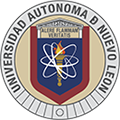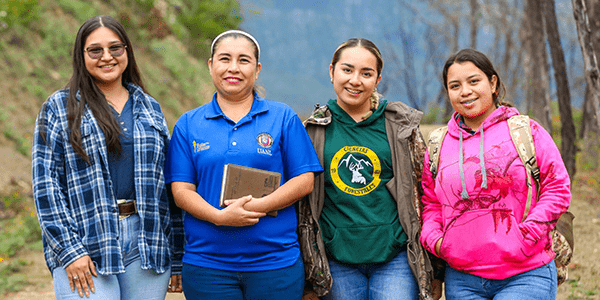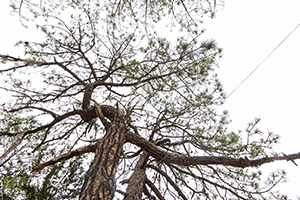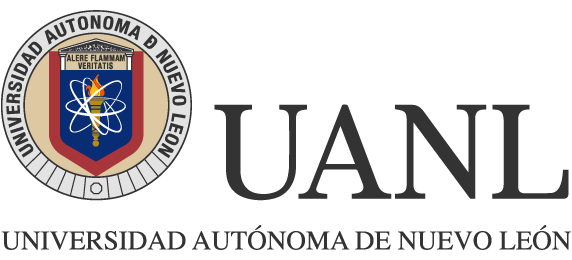Share:
Preserving the rich tapestry of regional Flora and Fauna
Less than 111 miles away from downtown Monterrey, the Forest School stands as a vast expanse of natural beauty, serving as the Universidad Autonoma de Nuevo Leon's largest "lung".
Here, cutting-edge research in sustainable forestry management takes place, making it a distinctive hub for the pursuit of ecological knowledge.
Situated close to the Santa Rosa ejido in the municipality of Iturbide, this area spans 1,000 acres (496 hectares) and is teeming with a rich variety of flora including oaks, ash trees, cedars, and various types of pines. Additionally, the site features cabins designated for teachers and students engaged in academic activities.
Perla Cecilia Rodríguez Balboa, who oversees the agriculture and forestry division at UANL’s Center for Research in Agricultural Production (CIPA), mentioned that this region, situated at an elevation of 1,600 meters above sea level, is among the limited university spaces of its kind in the country.
“In this space, we delve into various aspects, including mineral composition, soil profiles, pest analysis, and the potential wood yield from trees, among other relevant topics.”
“Typically, two or three groups, totaling around 200 to 300 students, visit every semester to engage in this type of research.
Vibrant ecological diversity in the region
Regarding the diversity of species within the Forest School, towering pine trees, reaching heights exceeding 30 meters, stand as the primary treasure of this ecosystem. Despite the adverse conditions resulting from the 2021 fire, both the flora and fauna persist in the area.
“We primarily have white pine, pseudostrobus pine, stone pine, and cedar. Everything around us has naturally grown from seeds or various herbaceous sources.”
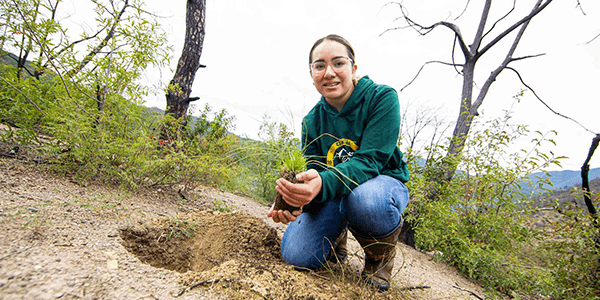
Sustainable efforts nurturing the local environment
The specialist emphasized the significant benefits that the forest school brings to the southeastern part of the state.
“We need to take into account all the environmental services that a forest provides. Currently, the primary beneficiary is the fauna, as the forest creates a microhabitat for them. It also plays a crucial role in storing CO2, maintaining water resources, and providing habitat for various wildlife.”
The forest holds immense significance for us—it’s not just a reservoir for CO2 or a means of soil conservation, but also serves as the microhabitat for diverse fauna that call it home. This underscores the importance of responsible resource management and leaving a positive impact. We must consider the legacy we leave behind, ensuring a sustainable footprint for the benefit of future generations.
Perla Cecilia Rodríguez Balboa
Posted by: Portal Web UANL
